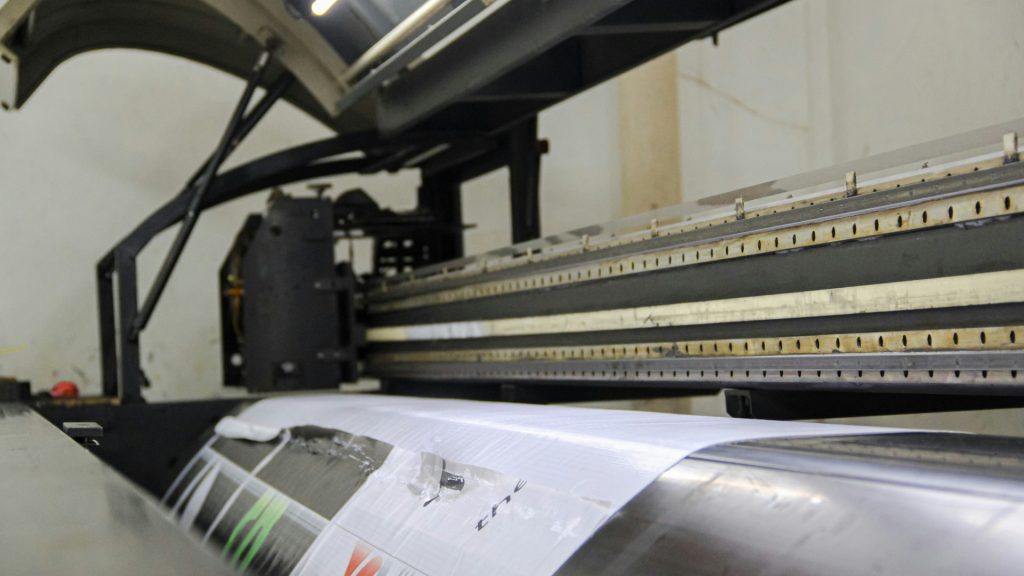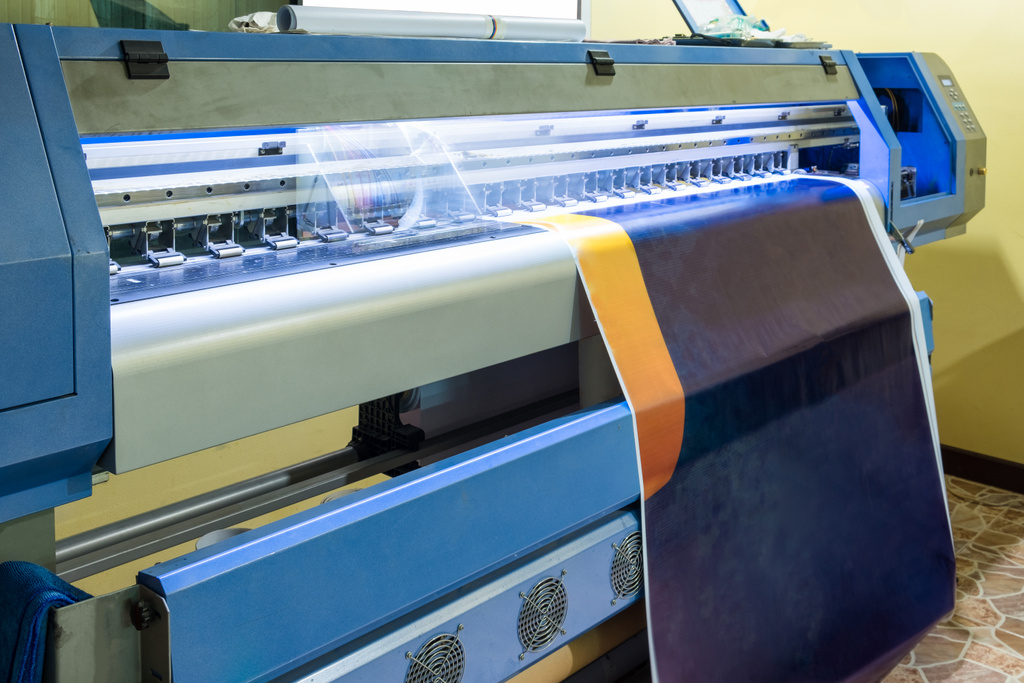
How to Fix a Large-Format Printer Feeder Problem
Large-format printers may look sturdy, but, like any other machine, they can fail, too, and disrupt your business operations. For example, a persistent issue like a malfunctioning paper feed mechanism can delay projects, frustrate your employees and hurt your bottom line. So, let us help put a stop to that with a quick guide on diagnosing and troubleshooting large-format printer feeder problems.
Let’s Talk About the Paper Feed Mechanism First
The paper feed mechanism is responsible for accurately and consistently moving paper through the large-format printer during the printing process. It typically consists of several components:
- Paper Tray or Roll Feed: This tray holds the paper supply.
- Feed Rollers: These grip the paper and pull it into the printer.
- Separation Pad: This pad keeps multiple sheets from feeding at once.
- Registration System: It ensures the paper is aligned correctly.
- Output Rollers: These rollers guide the printed paper out of the printer.
A problem with any of these components can lead to recurring printer feeder issues, such as paper jams, misfeeds, or skewed prints. We’ll discuss them further below.
Now, Let’s Zero in on Common Feeder Problems and Their Causes
It pays to identify the root cause before attempting any DIY fixes or calling for large-format printer repairs. Here are some common feeder problems and their potential causes:
Paper Jams
Incorrect paper type, worn feed rollers, obstructed paper path, or malfunctioning separation pad are the most common causes of paper jams in wide-format printers.
Multiple Sheets Feeding at Once
Consider looking at the separation pad, as a worn or dirty separation pad can cause this issue. Excessive humidity or using paper that is too thin can be culprits, too.
Skewed Prints
Skewed prints happen due to misaligned paper guides and dirty or worn feed rollers. Don’t rule out the printer registration system, as issues related to this system can also be a cause.
Paper Failing to Feed at All
An empty paper tray is an obvious reason behind a printer feeder issue. However, hardware problems in feed rollers or a sensor malfunction can lead to this issue, too.

Troubleshooting Steps for Large-Format Printer Feeder Problems
Have you encountered a Brother, Epson, or Canon wide-format printer feeder problem? No matter the printer brand, follow these general troubleshooting steps:
- Check the Paper Supply: Address the obvious first. Check if there’s an empty tray. If it isn’t empty, ensure the paper is loaded correctly. Follow the printer’s guidelines to a tee.
- Inspect the Paper Path: Open all access doors and carefully check the paper path for any obstructions, such as torn pieces of paper, labels, or other debris.
- Clean the Feed Rollers: Grab a lint-free cloth and dampen it with isopropyl alcohol to clean the feed rollers gently. Rotate the rollers as you clean them to ensure complete coverage.
- Examine the Separation Pad: Assess the separation pad for wear or damage. If it appears worn or dirty, clean it with a lint-free cloth or replace it if necessary.
- Adjust Paper Guides: Ensure the paper guides are properly aligned to match the width of the paper being used.
- Reset the Printer: Turn off the large-format printer, wait a few minutes, and then turn it back on. This can sometimes resolve minor software glitches.
When to Call for Professional Wide-Format Printer Repairs
If the basic troubleshooting steps don’t resolve the issue, more advanced large-format printer maintenance or repairs may be necessary:
Replacing Feed Rollers
Over time, feed rollers can become worn and lose their grip. If cleaning doesn’t improve their performance, consider replacing them. Schedule a professional service or refer to your printer’s manual for instructions on replacing the feed rollers.
Servicing the Registration System
If skewed prints persist after cleaning and adjusting the paper guides, there may be a registration system issue you have to address. This typically requires specialised knowledge and tools, so it’s best to consult a qualified large-format printer technician.
Sensor Calibration
Some wide-format printers utilise sensors to detect paper presence and position. If these sensors are not calibrated correctly, it can lead to paper feed problems. Call the pros or check the printer’s manual for instructions on calibrating the sensors.
Preventive Large-Format Printer Maintenance Tips
To minimise paper feed problems, follow these preventive maintenance tips:
- Use the Correct Paper Type: Always use a paper type compatible with your printer model and intended use. Avoid using paper that is too thin or thick or has a rough surface.
- Store Paper Properly: Store paper in a cool, dry place to prevent moisture absorption, which can cause paper to stick together and lead to misfeeds.
- Clean the Printer Regularly: Establish a routine cleaning schedule to eliminate dust, debris, and toner buildup from the printer’s paper path and feed rollers.
- Inspect and Replace Worn Parts: Inspect the feed rollers, separation pads, and other critical components for wear or damage periodically. Replace these parts as needed to maintain optimal performance.
Let Printer Repair Centre Help You
Do you run a business in Sydney that relies on large-format printers to keep your daily operations running? You need a reliable repair team should you run into issues with your machine, such as feeder problems. Our team at the Printer Repair Centre is here to help fix a wide-format printer feeder and other related repairs.
Simply contact us to schedule a service. We offer same-day service in Sydney and surrounding areas to help restore your wide-format printing operations promptly.




